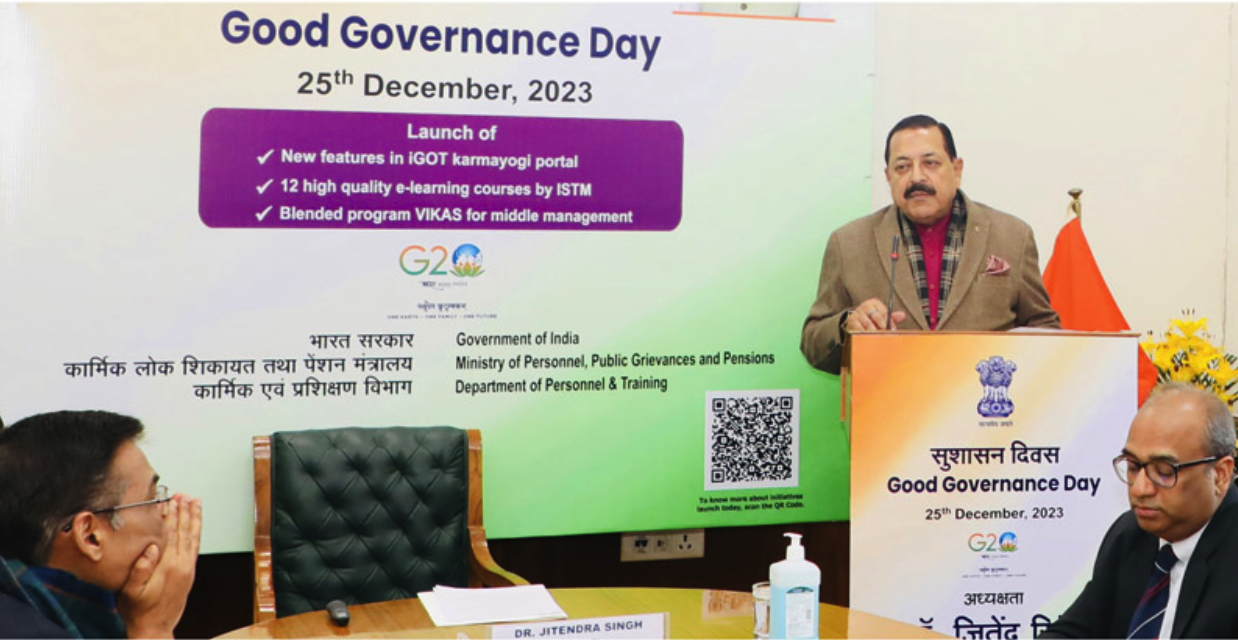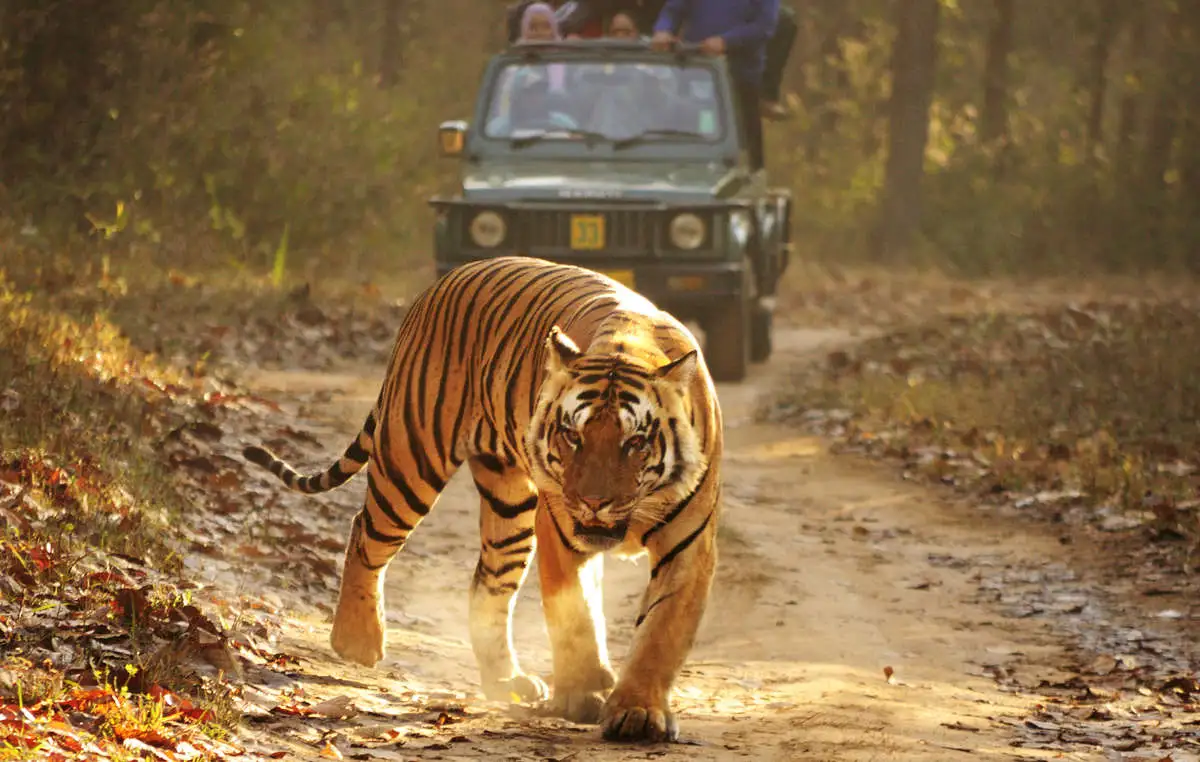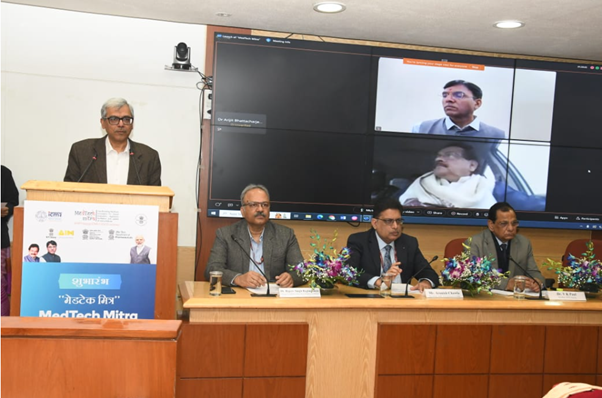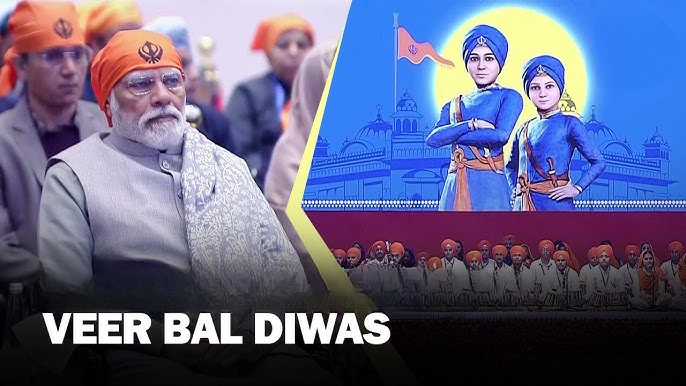Good Governance Day: Govt launches 3 new features on iGOT Mission Karmayogi platform (TOI)

- 26 Dec 2023
Why is it in the News?
On the occasion of Good Governance Day, Union Minister Dr Jitendra Singh launched the Extended Version of Mission Karmayogi by introducing three new features on the iGOT Karmayogi platform that include My iGOT, Blended Programs and Curated Programs..
About Mission Karmayogi:
- Mission Karmayogi, the National Programme for Civil Services Capacity Building (NPCSCB), is geared towards equipping Civil Servants with enhanced creativity, constructiveness, and innovation, utilising transparency and technology to prepare them for future challenges.
- This innovative program serves as a cornerstone for the country's civil servants, emphasizing a balanced approach between 'on-site learning' and traditional 'off-site learning.'
- Approved by the Government on September 2, 2020, Mission Karmayogi encompasses six key pillars:
- Policy Framework
- Institutional Framework
- Competency Framework
- Digital Learning Framework (iGOT-Karmayogi)
- The electronic Human Resource Management System (e-HRMS), and
- The Monitoring and Evaluation Framework.
- Encompassing all civil servants, including contractual employees, across various ministries, departments, organizations, and agencies of the Union Government, the program introduces three new features on the iGOT Karmayogi platform:
- My iGOT: Delivers targeted training courses on the home page of individual officers, directly addressing their unique capacity-building needs identified in the Capacity-Building Plan for their Ministries/Departments.
- Blended Programs: Facilitates equitable access to training methodologies across all levels by integrating traditional offline (in-person) classroom courses with online learning components.
- This approach enables officers and faculty to benefit from both the flexibility of online courses and the invaluable interactions of face-to-face classroom sessions.
- Curated Programs: Designed to cater to diverse learning needs of Ministries/Departments and Training Institutions, offering a custom approach to address the specific requirements of different segments within the civil services.
Six armed poachers, timber mafia held by forest officials at Similipal National Park (New Indian Express)

- 26 Dec 2023
Why is it in the News?
In a significant breakthrough, forest officials at Similipal National Park apprehended four armed poachers and two members of the timber mafia in separate locations on Saturday night.
About Similipal Tiger Reserve (STR):
- Similipal Tiger Reserve is located within the Mayurbhanj District, in the Northernmost part of Odisha.
- Declared a 'Tiger Reserve' in 1956, STR became a part of the national conservation initiative 'Project Tiger' in 1973.
- Recognized by UNESCO in 2009, STR, along with a transitional area covering 2250 sq. km, was included in the World Network of Biosphere Reserves.
- Terrain: Surrounded by high plateaus and hills, STR boasts the twin peaks of Khairiburu and Meghashini, reaching 1515m above mean sea level.
- The undulating and hilly terrain features open grasslands and wooded areas, with the inclined plateau rising abruptly from the low coastal plains.
- Hydrography: The region is crisscrossed with perennial water sources, contributing to rivers like Budhabalanga, Salandi, and various tributaries of the Baitarani River.
- Vegetation: STR encompasses a diverse mix of forest types and habitats, with Northern tropical moist deciduous dominating alongside semi-evergreen patches.
- Notably, it hosts the world's only landscape with melanistic tigers.
- Tribes: The vicinity of STR is inhabited by various tribes, including Kolha, Santhala, Bhumija, Bhatudi, Gondas, Khadia, Mankadia, and Sahara.
- Flora: Home to an impressive 1078 plant species, including 94 orchid species, STR is characterized by the dominance of Sal trees.
- Fauna: The reserve is home to a variety of wildlife, including leopard, gaur, elephant, langur, barking and spotted deer, sloth bear, mongoose, flying squirrel, porcupine, turtle, monitor lizard, python, sambar, pangolin, and more.
What is the Special Tiger Protection Force (STPF)?
- Realizing the importance of ‘tiger protection’ in biodiversity conservation, the Finance Minister announced policy initiatives in February 2008, for constituting the ‘Special Tiger Protection Force’ (STPF).
- Based on the one-time grant of Rs. 50 crore was provided to the National Tiger Conservation Authority (NTCA) for raising, arming and deploying a Special Tiger Protection Force, the proposal for the said force has been approved by the competent authority for 13 tiger reserves.
- The STPF has been made operational in the States of Karnataka (Bandipur), Maharashtra (Pench, Tadoba-Andhari, Nawegaon-Nagzira, Melghat), Rajasthan (Ranthambhore), Odisha (Similipal) and Assam (Kaziranga), out of 13 initially selected tiger reserves, with 60% central assistance under the ongoing Centrally Sponsored Scheme of Project Tiger (CSS-PT).
Union Health Minister Launches MedTech Mitra Platform to Empower Medical Technology Innovators (NewsOnAir)

- 26 Dec 2023
Why is it in the News?
Union Health Minister Dr Mansukh Mandaviya has launched MedTech Mitra - a strategic initiative to empower MedTech innovators and advance healthcare solutions.
What is the MedTech Mitra Portal?
- The MedTech Mitra portal is an online platform designed to support medtech innovators by assisting in clinical evaluation, regulatory facilitation, and the adoption of new products in the medical technology sector.
- This collaborative initiative is overseen by the Indian Council of Medical Research (ICMR) and the Central Drugs Standard Control Organisation (CDSCO), operating under the direction/guidance of NITI Aayog’s Atal Innovation Mission.
Significance:
- In conjunction with recent policies and incentive schemes, such as the medical devices policy and the production-linked incentive scheme, the MedTech Mitra platform aims to catalyze growth in the medical devices sector and promote domestic manufacturing.
- These initiatives seek to foster the indigenous development of affordable and high-quality MedTech devices and diagnostics, thereby significantly reducing the sector's reliance on imports.
- The platform is envisioned to streamline the innovation process and facilitate research and development for emerging start-ups, ensuring a smoother journey from concept to product.
- By offering comprehensive guidance, including support for animal and clinical trials, the platform aims to bridge gaps for startups and promote ease of innovation.
- The MedTech Mitra portal is poised to foster collaborations between engineers, scientists, and clinicians, addressing a previously existing gap in partnerships within the sector.
About the Indian Council of Medical Research (ICMR):
- The Indian Council of Medical Research (ICMR) serves as the apex institution in India responsible for formulating, coordinating, and advancing biomedical research.
- With a primary mandate to conduct, coordinate, and implement medical research for societal benefit, ICMR is dedicated to translating medical innovations into tangible products and processes, subsequently integrating them into the public health system.
- Financial support for ICMR is provided by the Government of India through the Department of Health Research, Ministry of Health & Family Welfare.
AstroSat detects millisecond X-ray bursts from high magnetic field neutron stars (DD News)

- 26 Dec 2023
Why is it in the News?
India’s first multi-wavelength space-based observatory, AstroSat, has detected intense sub-second X-ray bursts emanating from a neutron star with an ultrahigh magnetic field, known as a magnetar.
What is X-ray Bursts?
- X-ray bursts manifest in low-mass X-ray binary systems featuring a neutron star and a low-mass main sequence star orbiting each other.
- The occurrence of these bursts is intricately linked to the gravitational dynamics of the neutron star and its companion.
- In this system, the proximity and intense gravitational forces of the neutron star cause the companion star to exceed its Roche-lobe, leading to the formation of an accretion disk around the neutron star.
- This disk becomes a repository for hydrogen drawn from the overflowing companion star.
- As hydrogen accumulates on the neutron star's surface, the extreme temperatures and pressures prevailing there catalyze its transformation into helium.
- This ongoing process results in the formation of a thin surface layer of helium.
- When this helium layer reaches a critical mass, a sudden explosive ignition occurs, elevating the entire neutron star's surface temperature to several tens of millions of degrees and releasing a burst of X-rays.
- Following the outburst, the binary system returns temporarily to a quiescent state, allowing the neutron star to reaccumulate the helium surface layer gradually.
- This cyclic process leads to the recurrence of X-ray bursts, typically unfolding at regular intervals separated by several hours or days.
About Indias’ AstroSat:
- AstroSat stands as India’s first dedicated multi-wavelength space observatory, pioneering a mission focused on the simultaneous study of celestial sources across X-ray, optical, and UV spectral bands.
- Launched with a lift-off mass of 1515 kg, AstroSat took flight aboard the Indian launch vehicle PSLV from the Satish Dhawan Space Centre in Sriharikota on September 28, 2015.
- It entered a 650 km orbit, inclined at an angle of 6 degrees to the equator.
- The Mission Operations Complex (MOX) at ISRO Telemetry, Tracking and Command Network (ISTRAC) in Bengaluru oversees the satellite throughout its mission life.
- With a minimum useful life of around 5 years, AstroSat is dedicated to achieving the following scientific objectives:
- Understanding high-energy processes in binary star systems housing neutron stars and black holes.
- Estimating magnetic fields associated with neutron stars.
- Investigating star birth regions and high-energy processes in star systems beyond our galaxy.
- Detecting new, briefly bright X-ray sources in the celestial sphere.
- Conducting a limited deep-field survey of the Universe in the Ultraviolet region.
India shedding mentality of slavery, says PM Modi (The Hindu)

- 26 Dec 2023
Why is it in the News?
Speaking at a "Veer Bal Diwas" event to commemorate the martyrdom of two sons of Guru Gobind Singh, PM Modi said their sacrifices are not only being remembered in India but also globally through programmes in other countries as well
About Veer Bal Diwas:
- Veer Bal Diwas is observed annually on December 26th to commemorate the valour and sacrifice of the four sons of Guru Gobind Singh, the tenth Sikh guru.
- The four sons, named Zorawar Singh, Fateh Singh, Jai Singh, and Kulwant Singh, played a significant role in resisting the Mughal emperor Aurangzeb and his army.
- Zorawar Singh and Fateh Singh were captured by the Mughals at the ages of six and nine, respectively, after defending the fort of Anandpur Sahib from a siege.
- Subsequently, they were taken to Sirhind, where, steadfast in their faith, they refused to convert to Islam and were sentenced to a tragic death by being bricked alive in 1705.
- Jai Singh and Kulwant Singh, also captured at Anandpur Sahib, managed to escape from Sirhind with the assistance of loyal followers.
- They later joined their father in his final battle at Sirhind, where Guru Gobind Singh was wounded by a musket shot.
- The unwavering courage and sacrifice of Guru Gobind Singh's sons became a symbol of inspiration for generations of Sikhs, reflecting their dedication to the cause of Sikhism.
About Guru Gobind Singh:
- Guru Gobind Singh, the last of the ten Sikh Gurus, was born on December 22, 1666, in Patna, Bihar.
- His birth anniversary is observed according to the Nanakshahi calendar.
- Assuming the role of Sikh Guru at the tender age of nine after the passing of his father, Guru Tegh Bahadur, he served until his assassination in 1708.
Contributions:
- Religious: Guru Gobind Singh made profound contributions to the Sikh religion, introducing practices such as wearing a turban to cover hair.
- He laid the foundation for the Khalsa (1699), embodying the Five 'K's: kesh (uncut hair), kanga (wooden comb), kara (iron or steel bracelet), kirpan (dagger), and kachera (short breeches).
- These articles of faith became integral to the identity of a Khalsa.
- Establishing various rules for Khalsa warriors, including abstaining from tobacco, alcohol, and halal meat, Guru Gobind Singh emphasized their duty to protect innocent people from persecution.
- Guru Gobind Singh designated Guru Granth Sahib as the spiritual guide for both the Khalsas and Sikhs.
- Martial: Engaging in the battle of Muktsar in 1705, Guru Gobind Singh fiercely opposed the Mughals.
- The Battle of Anandpur in 1704 resulted in the tragic loss of the Guru's mother and two minor sons, who were executed. His eldest son also fell in battle.
- Literary: Guru Gobind Singh's legacy includes compositions like Jaap Sahib, Benti Chaupai, and Amrit Savaiye.
- Notably, he wrote the Zafarnama, a letter addressed to the Mughal Emperor Aurangzeb, showcasing his literary prowess and resilience.
